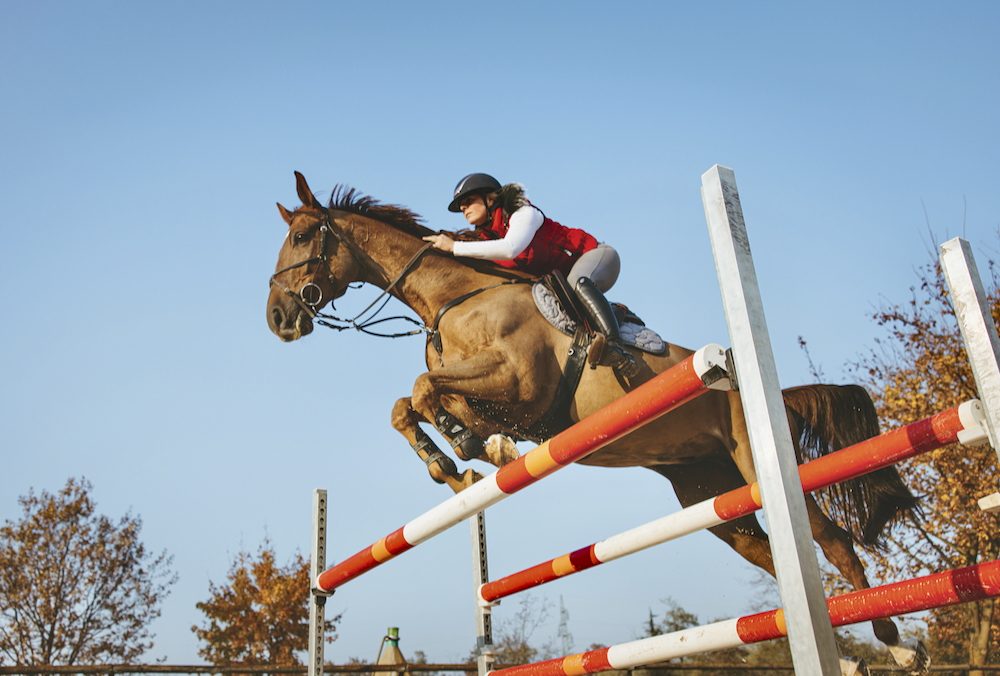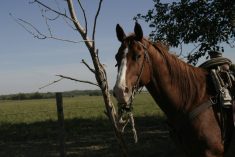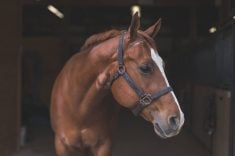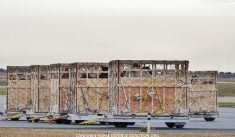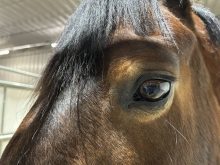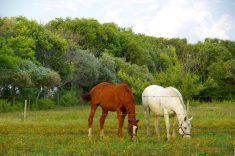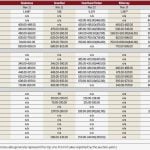Proprioception is a natural ability shared by humans and horses. It involves the body’s inherent awareness of its position, movement and balance in relation to the surrounding environment.
In horses, this perception varies. Different lifestyles and occupations require variable levels of proprioception to navigate daily tasks without stumbling or tripping and when encountering obstacles. However, when it comes to more demanding activities, such as those performed by cutting horses or Grand Prix jumpers, a heightened level of proprioceptive abilities is essential.
A well-developed sense of proprioception in horses allows them to perceive and respond to variations in terrain and surfaces. This heightened awareness minimizes the chance of slips, falls and injuries, while also enhancing the horse’s confidence and agility —all while maintaining the safety of the rider.
Read Also
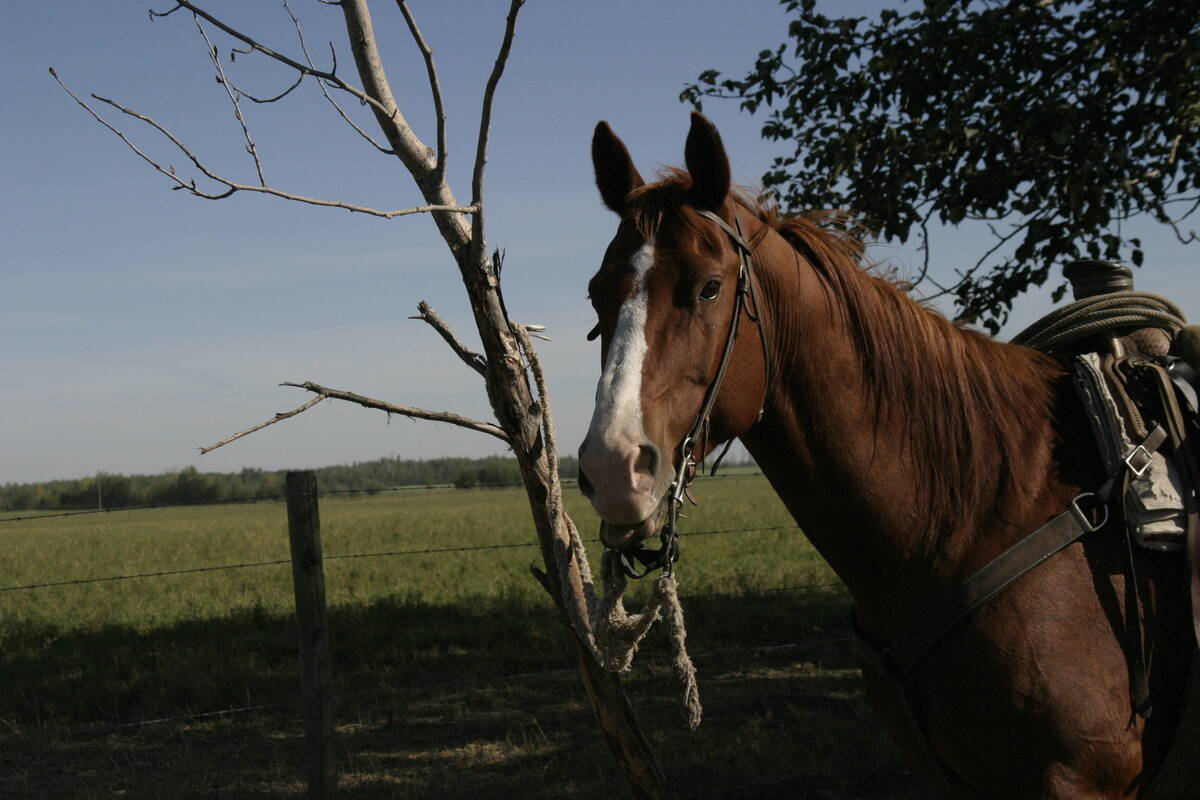
Weekend warrior horses at risk
Horses need steady, rhythmic movement. Going from no activity to weekend bursts of exercise risks physical strain and injury.
Proprioception, although significant, is just one aspect of a complex neurological system. Issues such as stumbling, tripping, clipping, forging or overreaching, toe dragging, knocking over poles with a trailing hindlimb, or frequent collisions with corners, gates or doorways could suggest nervous system problems.
Before implementing any program to improve a horse’s proprioception, it’s essential to do a comprehensive assessment of the entire horse and its care. This ensures that underlying issues are identified and addressed, allowing for more effectively designed programs to enhance proprioceptive abilities.
MORE Horse Health with Carol Schwetz: The ‘rescue’ horse
To achieve optimal results in such conditioning, one must also understand the significance of fine-tuning the nervous system.
Neurological well-being of an animal requires nutrition that aligns with their species, enabling support of the nervous system’s structure and function. Processed diets, vitamin and mineral imbalances, as well as diets too high in sugars or proteins can cause generalized inflammation or miscommunication within neurological systems.
For horses in particular, the condition of hoofs plays a vital role in neurological feedback. Insufficient shoeing or improper hoof care practices disrupt these mechanisms, leading to issues with foot placement and stride.
Horses with proprioceptive deficits often respond to professional chiropractic adjustments as well. These adjustments target subluxations (incomplete dislocations) and promote improved alignment.
MORE Horse Health with Carol Schwetz: What keeps horses healthy
Horses possess impressive neurological capabilities, yet the development of these abilities can diminish without environmental enrichment. When horses are confined to monotonous environments like box stalls and small paddocks, there are limited opportunities to engage their proprioceptive skills.
As a result, they may face difficulties when attempting maneuvers that demand a heightened sense of body awareness, such as correctly picking up the canter lead or precisely tucking their hindlimbs to clear a jump.
To address this, the concept of a proprioception garden has emerged. It is a purposefully designed space intended to enhance and improve proprioceptive abilities.
This space incorporates a variety of surfaces, textures and obstacles strategically positioned to stimulate the horse’s sensory system and foster an increased sense of body awareness.
The design of a proprioception garden can be tailored to meet the specific needs and abilities of individual horses, but many general concepts provide advantages across all horse groups. Knowledgeable equine professionals can offer guidance on appropriate challenges and ensure the horse’s safety in such environments.
Integrating a variety of footing surfaces into a horse’s daily routine provides a substantial boost to their neurological system and proprioceptive awareness. The transitions between different surfaces prompts the horse to adapt their stride and distribute their weight differently, which activates the muscles along their top line.
To challenge the horse’s balance, co-ordination and confidence, elements like gravel substrates, sand, mud, rubber mats, stepping stones or other uneven terrain are purposefully introduced. Moreover, this diverse range of footings invigorates different blood spaces within the hoof and stimulates the hoof’s overall health.
To enhance mental engagement and promote flexibility, strength and agility, obstacles such as ground poles or raised platforms can be included. These elements challenge the horse to strategically place their limbs, adapt their strides and activate their core muscles while maneuvering.
Proprioceptive gardens can encompass a wide range of features, such as water areas of varying depths, static and moving objects, bridges and variable overhead structures. By incorporating these elements, the horse’s mental senses are actively engaged, fostering increased attentiveness and adaptability.
By stimulating their mental faculties, the integration of proprioceptive skills is enhanced within the horse’s overall neurological system.
There are similarities between a proprioception garden and an enriched trail ride in the countryside. During a trail ride, horses encounter different elements that offer enriching and variable stimuli and chances for adaptation.
Navigating over tree roots and through gopher holes, crossing bridges and water and sidestepping the dog all offer subtle variations that can have a significant impact on the proprioceptive abilities of many horses, enhancing their overall environment and well-being.


